Cape Cod: Natural wonder
Flying Cape Cod and the islands
Everyone knows the Cape does not start until after the Sagamore and Bourne bridges, and Plymouth, while understandably famous because of that not-so-big rock, is nearly 20 miles from the Sagamore Bridge connecting Rt. 6 to Hyannis and Provincetown—the real Cape.
I think I’m right because I lived on the Outer Cape for more than 10 years and it was a source of pride to say you lived on that lonely arm of land shot out into the Atlantic. But Goulian’s twinkling Irish eyes spark with a little annoyance; he’s Boston and I’m D.C. Could I be wrong?
Flying Cape Cod
“Traffic is only down about 7 percent,” my friend in Orleans tells me. Orleans is a town in the Lower or Outer Cape, the long third of the arm-shape spit of land that reaches 65 miles into the Atlantic, which we know as Cape Cod, Massachusetts. Starting at the beginning of the arm are Bourne, Sandwich, Falmouth, and Mashpee; the upper arm includes Hyannis, Barnstable, and Dennis; the elbow is home to Orleans, Chatham, and Harwich; and the forearm is the towns of Eastham, Wellfleet, and Truro, ending at Provincetown. It’s a mecca for tourists, beachgoers, and boaters in the summer months, traffic a nightmare along the two arteries: Route 6 and Route 6A. But even though COVID-19 affected this summer paradise, it hasn’t totally kept people away. “We’re having a busy summer,” my friend, a craftsman on the Cape, tells me. “Airline traffic is down, but people are still coming.”
For a general aviation traveler, the Cape is a wonderful flying destination. And the six airports on this 340-square-mile sandy coastline are all within easy distance of many of the charming aspects of this beautiful area. From Goulian’s base at Plymouth Municipal Airport (PYM) near the bridges over Cape Cod Bay to Provincetown Municipal Airport (PVC) on the tip of the Cape, and Falmouth Airpark (5B6), Cape Cod Airfield at Marstons Mills (2B1) and Cape Cod Gateway Airport (HYA) in Hyannis (previously Barnstable Municipal Airport; the name was changed in January 2021), and Chatham Municipal Airport (CQX) in Chatham, a GA pilot can enjoy the Cape so much easier than those poor souls who have to drive it in the summer. AOPA Pilot’s recent visit was in October 2020 and we even faced crazy traffic in some areas.
 The Cape is a mix of small towns ranging from its most famous—Hyannis and Hyannis Port, because of the Kennedy family, on the southern shoreline—to modest such as Brewster, Harwich, and Dennis where many locals live because they are more inland and housing is slightly less expensive. A Marylander, I first visited the Cape in 1980. My girlfriends and I drove up and down Route 6 looking for it, assuming the Cape was one place. When, exhausted, we pulled off on an exit and stopped at a seafood shack, the stony-eyed waitress gave us her best New England chuff and informed us that we had not only been “on Cape” for 40 miles, but we weren’t the smartest young women she’d met.
The Cape is a mix of small towns ranging from its most famous—Hyannis and Hyannis Port, because of the Kennedy family, on the southern shoreline—to modest such as Brewster, Harwich, and Dennis where many locals live because they are more inland and housing is slightly less expensive. A Marylander, I first visited the Cape in 1980. My girlfriends and I drove up and down Route 6 looking for it, assuming the Cape was one place. When, exhausted, we pulled off on an exit and stopped at a seafood shack, the stony-eyed waitress gave us her best New England chuff and informed us that we had not only been “on Cape” for 40 miles, but we weren’t the smartest young women she’d met.
The Cape experience can be one of yacht-filled marinas and tony restaurants or windswept beaches and seafood shacks. It can also tug at your heartstrings with its quaint saltbox houses built of graying shingles, and charming little shops tucked into out-of-the-way places. Route 28 takes drivers along the south side, with views of the Atlantic and, on a clear day, Martha’s Vineyard. Route 6A meanders through tree-lined villages with cranberry bogs and old-time general stores. Route 6 is a two-lane highway through the middle of the Cape until you get to the rotary at Orleans. Then Route 6 merges with 6A and shoots you out on the thinnest section of the Cape, with gentle bay beaches on the left and incredible dramatic cliff beaches on the Atlantic to the right.
 “My favorite part of flying around the Cape is that the water is a beautiful color of blue and turquoise because of the sandy bottom and varying water depth,” Goulian tells me. “Also, along the shore just north of the Cape Cod Canal, there are beautiful cliffs that go right into the water. It’s a beautiful sight.”
“My favorite part of flying around the Cape is that the water is a beautiful color of blue and turquoise because of the sandy bottom and varying water depth,” Goulian tells me. “Also, along the shore just north of the Cape Cod Canal, there are beautiful cliffs that go right into the water. It’s a beautiful sight.”
The airports
The quintessential GA airport is in Chatham. Chatham Municipal Airport has a 3,000-foot-long runway just two miles from the center of town and bicycle rentals as well as car rentals and taxis are available. If you’re curious about the shark sightings and burgeoning seal population on the Cape, an overflight here will tell the story (see “Tips for Flying the Cape,” page 66). And for the true Cape Cod experience, visit the Chatham Bars Inn overlooking Chatham Harbor and the ocean on Shore Road. The historic main inn was built in 1914 and its restaurant offers sweeping views of the Atlantic Ocean. Also stop in at Chatham Fish & Lobster for a real seafood wholesale market experience; you’ll share the pier with some hungry seagulls as the boats are unloading the day’s catch.
 Cape Cod Gateway Airport and Provincetown Municipal Airport both are towered airports served by airlines such as Cape Air and JetBlue. Cape Cod Gateway has two runways at 5,252 feet and 5,425 feet. It’s two miles from the town of Hyannis, which is known as “the capital of the Cape” and famous for Cape Cod Potato Chips and the home of the Kennedy family in Hyannis Port. Hyannis is also the site of the ferry port to the islands of Nantucket and Martha’s Vineyard.
Cape Cod Gateway Airport and Provincetown Municipal Airport both are towered airports served by airlines such as Cape Air and JetBlue. Cape Cod Gateway has two runways at 5,252 feet and 5,425 feet. It’s two miles from the town of Hyannis, which is known as “the capital of the Cape” and famous for Cape Cod Potato Chips and the home of the Kennedy family in Hyannis Port. Hyannis is also the site of the ferry port to the islands of Nantucket and Martha’s Vineyard.
 Provincetown Municipal Airport is beautifully situated along the Cape Cod National Seashore and just two miles from the historic and charming seaport. With a 3,502-foot-long runway, PVC can accommodate most GA aircraft. In the town you’ll find restaurants, shops, and an active harbor where you can take whale-watching excursions or watch the local fishermen bring in their catch. A tradition for seafood lovers is the Lobster Pot on Commercial Street in the heart of town. A “town crier” lures you into this historic restaurant that overlooks the harbor.
Provincetown Municipal Airport is beautifully situated along the Cape Cod National Seashore and just two miles from the historic and charming seaport. With a 3,502-foot-long runway, PVC can accommodate most GA aircraft. In the town you’ll find restaurants, shops, and an active harbor where you can take whale-watching excursions or watch the local fishermen bring in their catch. A tradition for seafood lovers is the Lobster Pot on Commercial Street in the heart of town. A “town crier” lures you into this historic restaurant that overlooks the harbor.
We stumbled upon Cape Cod Airfield in Marston Mills, a sleepy 80-acre grass field once used as a training field for the Army Air Corps. Mills Air Service is owned by father and son Chris and Chris Siderwicz, and we were blown away by their stories and aircraft. Not only do they offer biplane rides in a 1988 Waco YMF–5 but have two Douglas DC–3s on site. AOPA Pilot will feature this airport and the Siderwicz duo in an upcoming issue.
Falmouth Airpark has a 2,298-foot-long runway and grass taxiways in a fly-in residential community. It is the only one of its kind in Massachusetts. Falmouth is famous for its village of Woods Hole, home of the 91-year-old Woods Hole Oceanographic Institution.
 My nod to Goulian: Plymouth Municipal Airport isn’t technically on the Cape, but it is a gateway to the area—and a charming, historic seaport in its own right. You might know it as the home of Plymouth Rock (spoiler alert—that rock is not very big), and it is one of the oldest towns in the United States. With two 4,300-foot-long runways, it has some scheduled service but is not towered.
My nod to Goulian: Plymouth Municipal Airport isn’t technically on the Cape, but it is a gateway to the area—and a charming, historic seaport in its own right. You might know it as the home of Plymouth Rock (spoiler alert—that rock is not very big), and it is one of the oldest towns in the United States. With two 4,300-foot-long runways, it has some scheduled service but is not towered.
A real bonus of flying GA on the Cape are the islands of Nantucket and Martha’s Vineyard. Nantucket Memorial Airport (ACK) is a busy place in the summer. This island (called The Gray Lady because of its foggy weather) is 30 miles off the Hyannis coast. It has commercial service and three runways—6,300 feet, 4,500 feet, and 2,696 feet. If you plan to stay overnight in Nantucket, visit my favorite, the Jared Coffin House, a landmark hotel in the historic district.
 Martha’s Vineyard Airport (MVY) is also a busy summer destination and served by commercial airlines. It has two runways—5,504 feet and 3,327 feet. The real charmer is Katama Airfield, a grass runway right on the beach. Located in Edgartown on the island, this was once used by the Curtiss-Wright Corp. and founded in 1924. Watch biplanes from the deck of the Right Fork Diner.
Martha’s Vineyard Airport (MVY) is also a busy summer destination and served by commercial airlines. It has two runways—5,504 feet and 3,327 feet. The real charmer is Katama Airfield, a grass runway right on the beach. Located in Edgartown on the island, this was once used by the Curtiss-Wright Corp. and founded in 1924. Watch biplanes from the deck of the Right Fork Diner.
Goulian and I made up (I think) and he offers his advice: “If you like the beach, Provincetown Airport offers just a quick walk to the beach. In Plymouth, Plane Jane’s restaurant at the airport is excellent for breakfast and lunch. You can enjoy the view of the airplanes taking off and landing while you eat.” I knew he’d put in a plug for Plymouth!
Email [email protected]


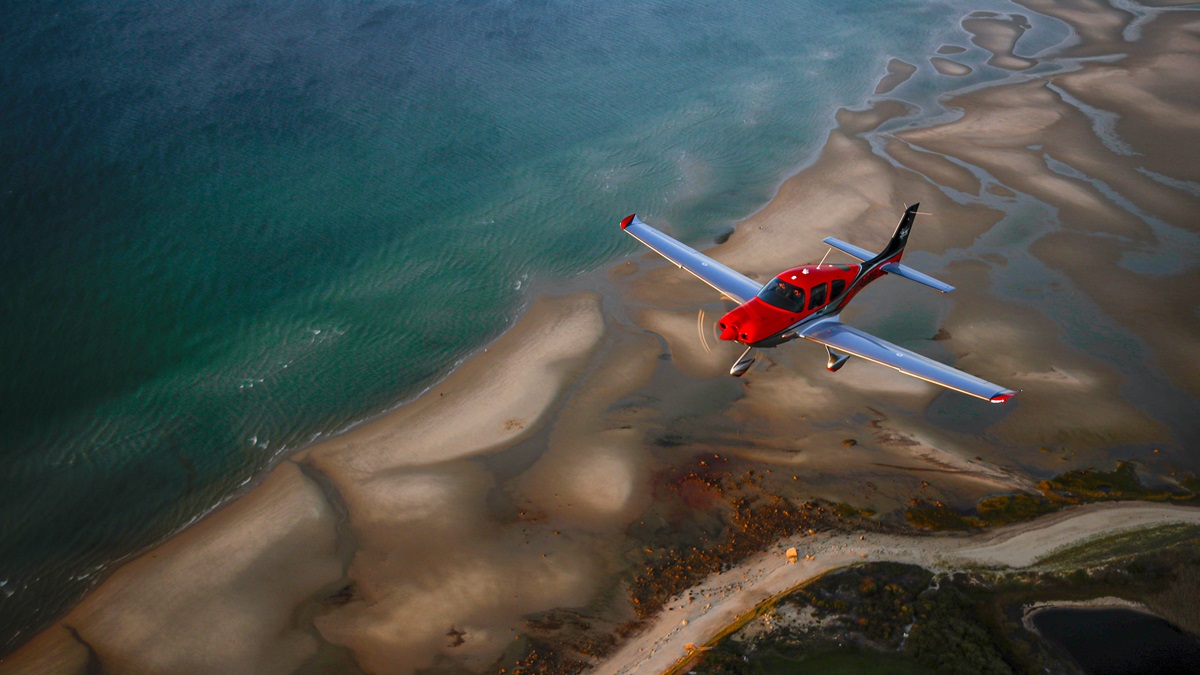
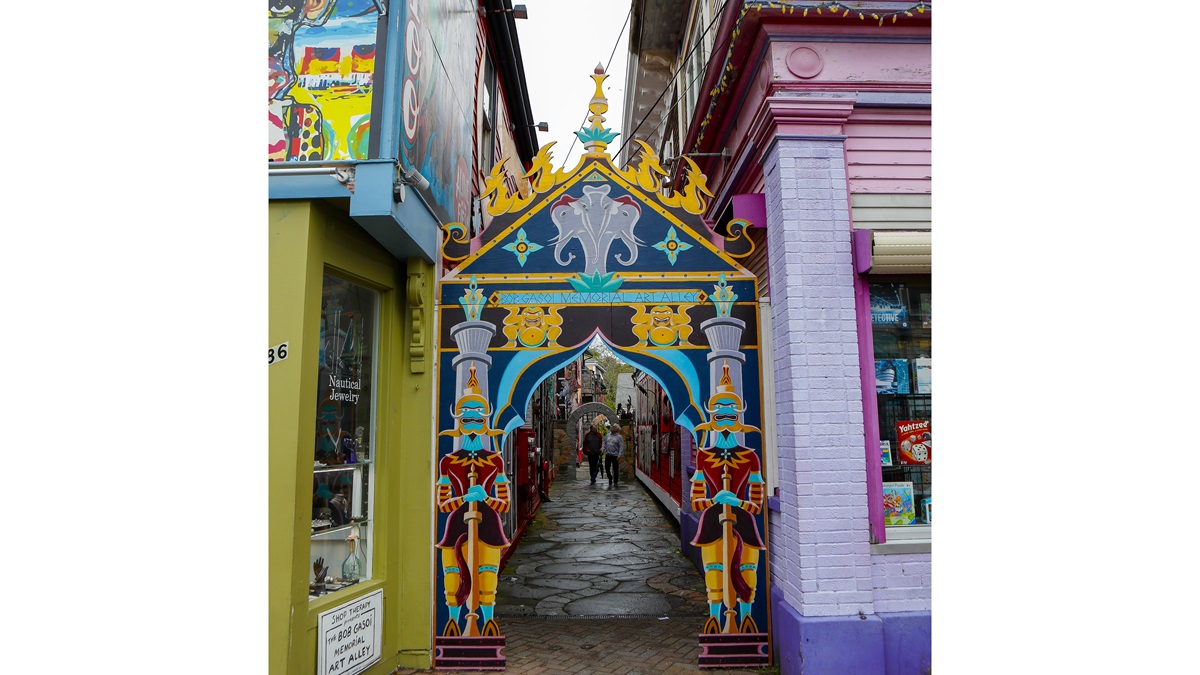
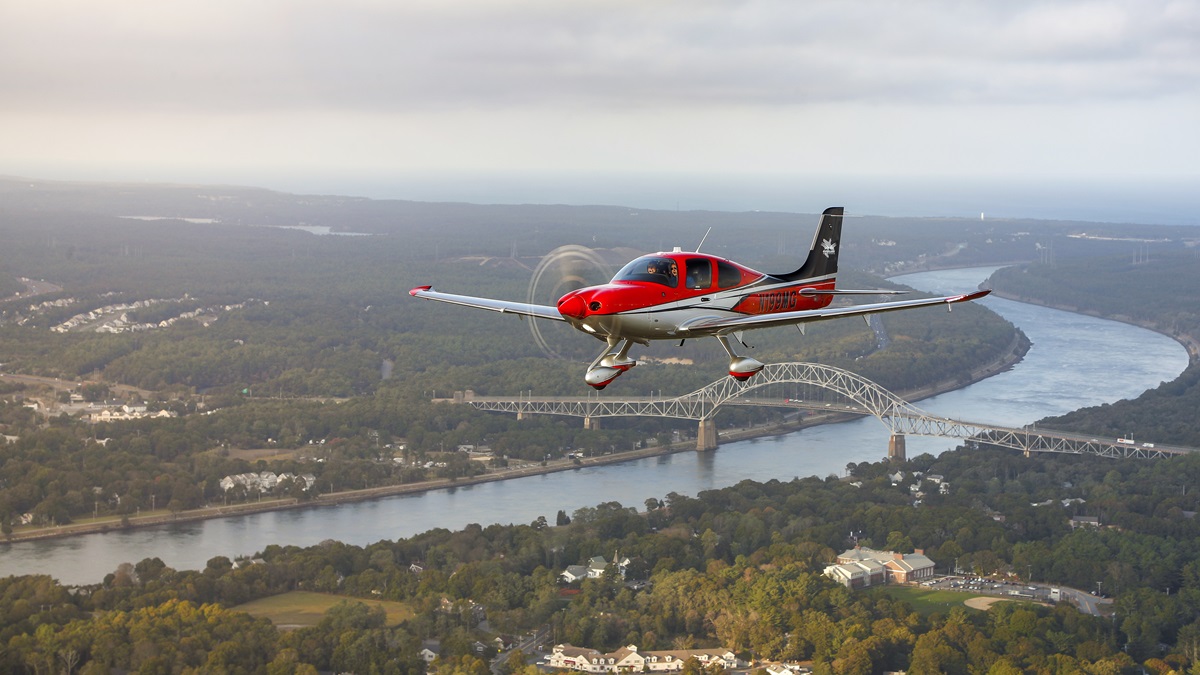

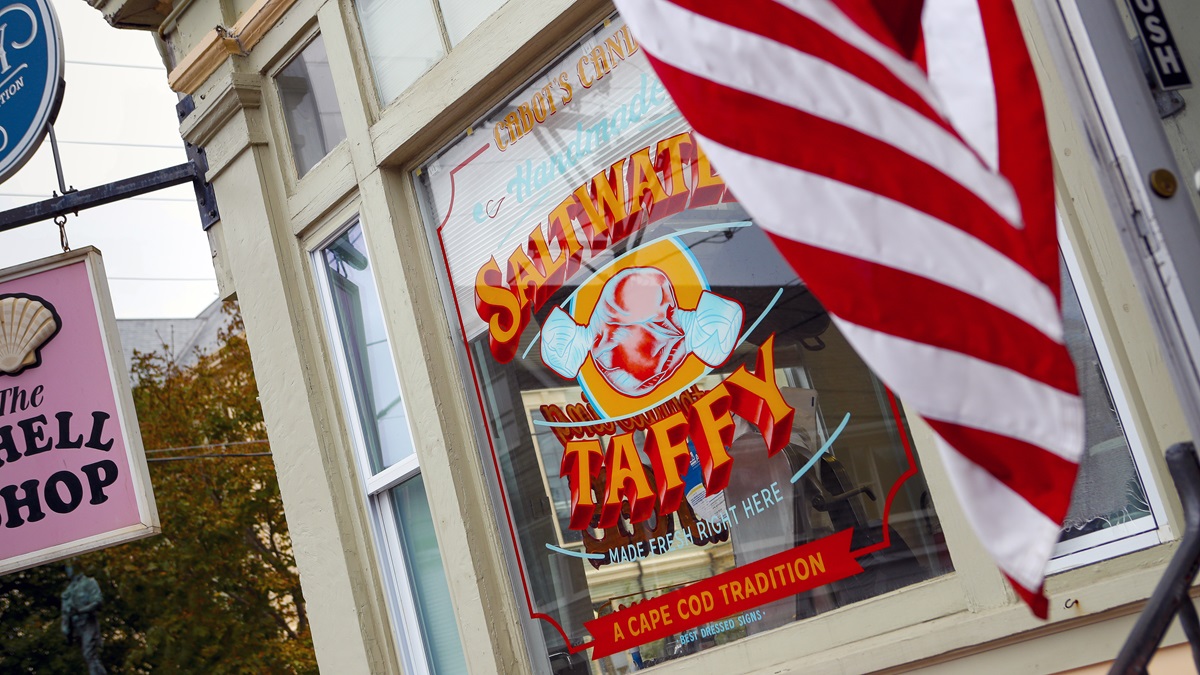
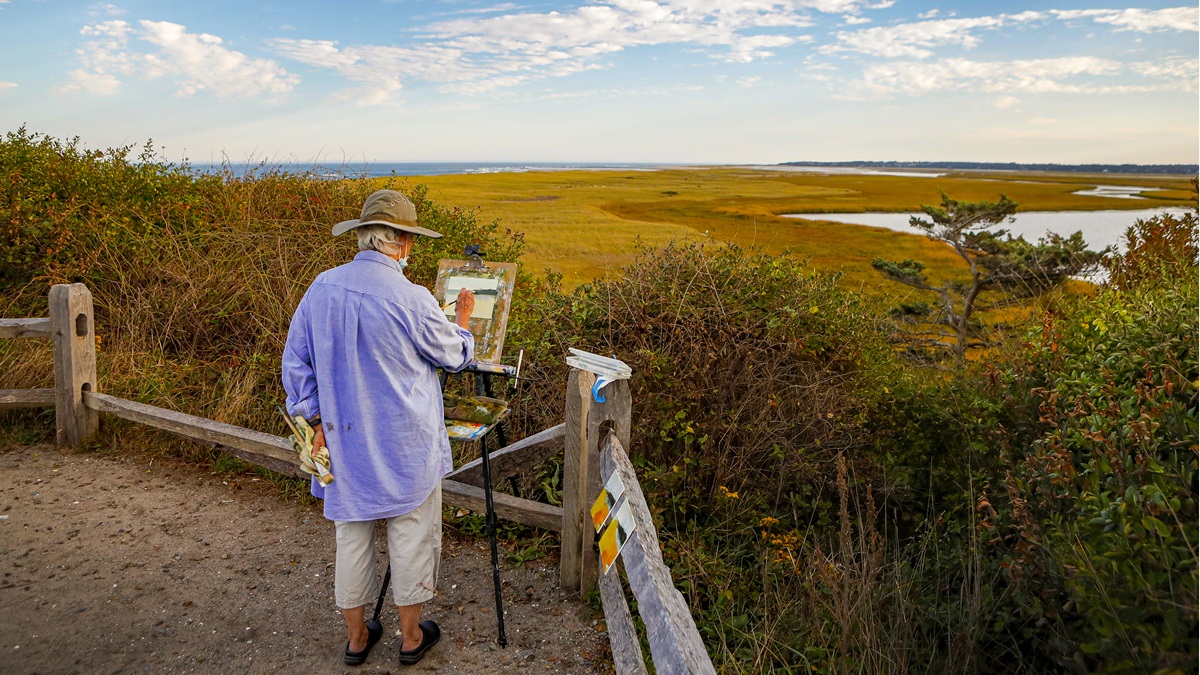
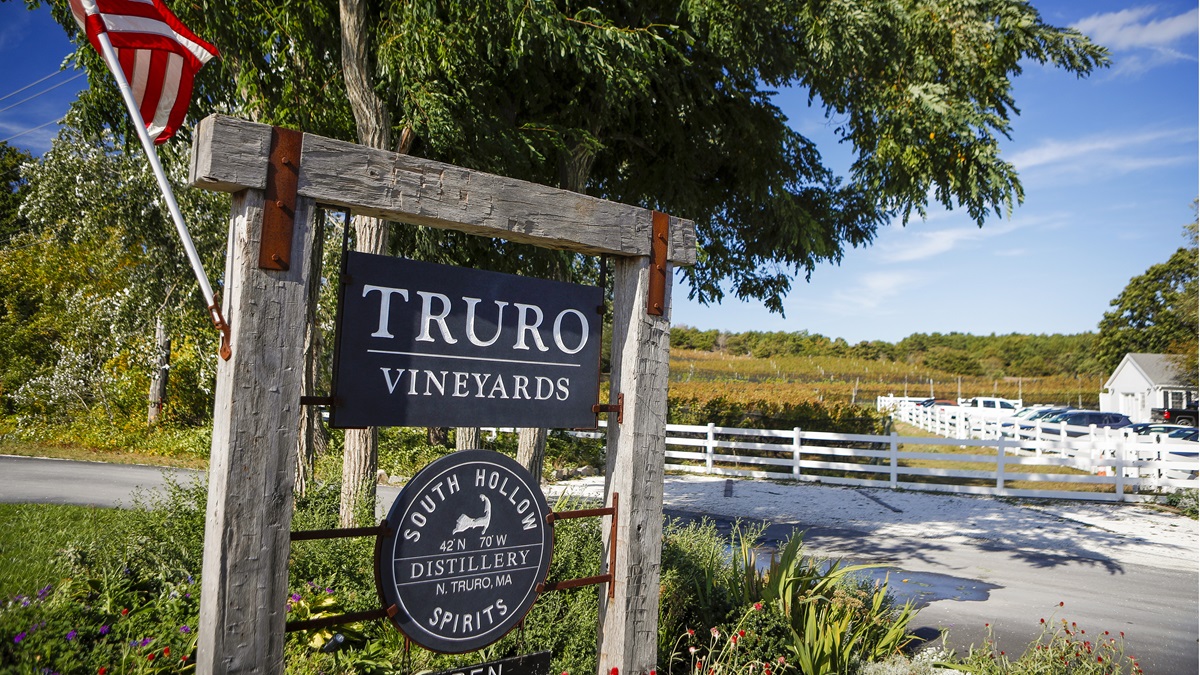
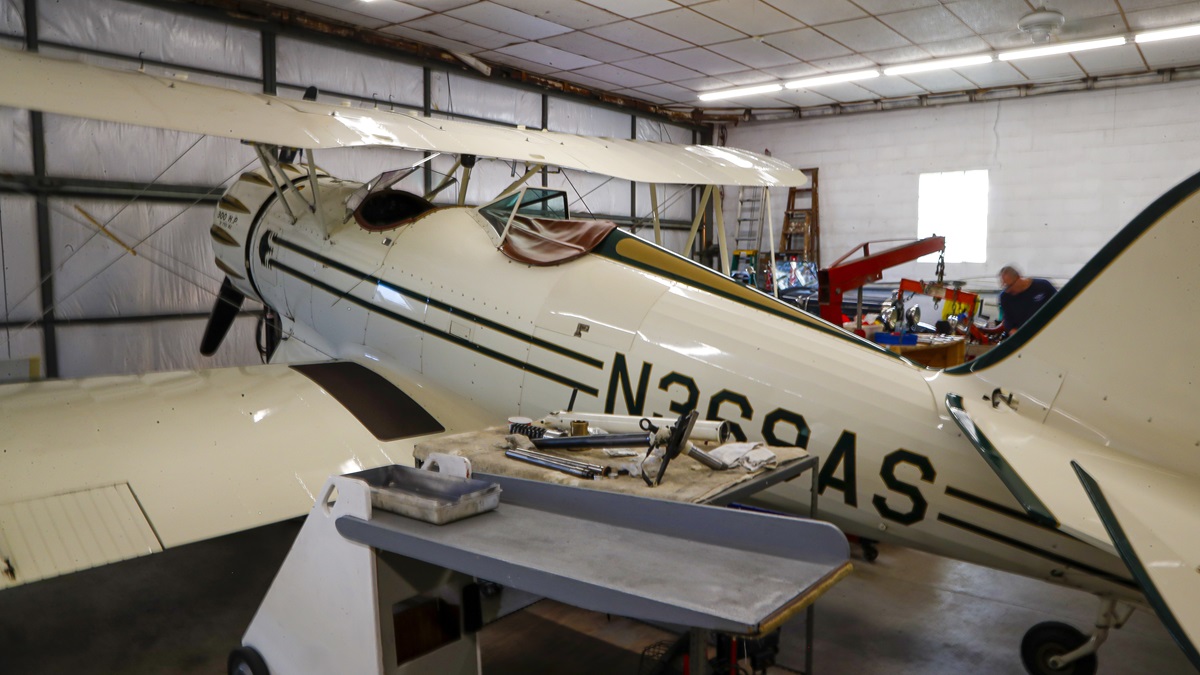
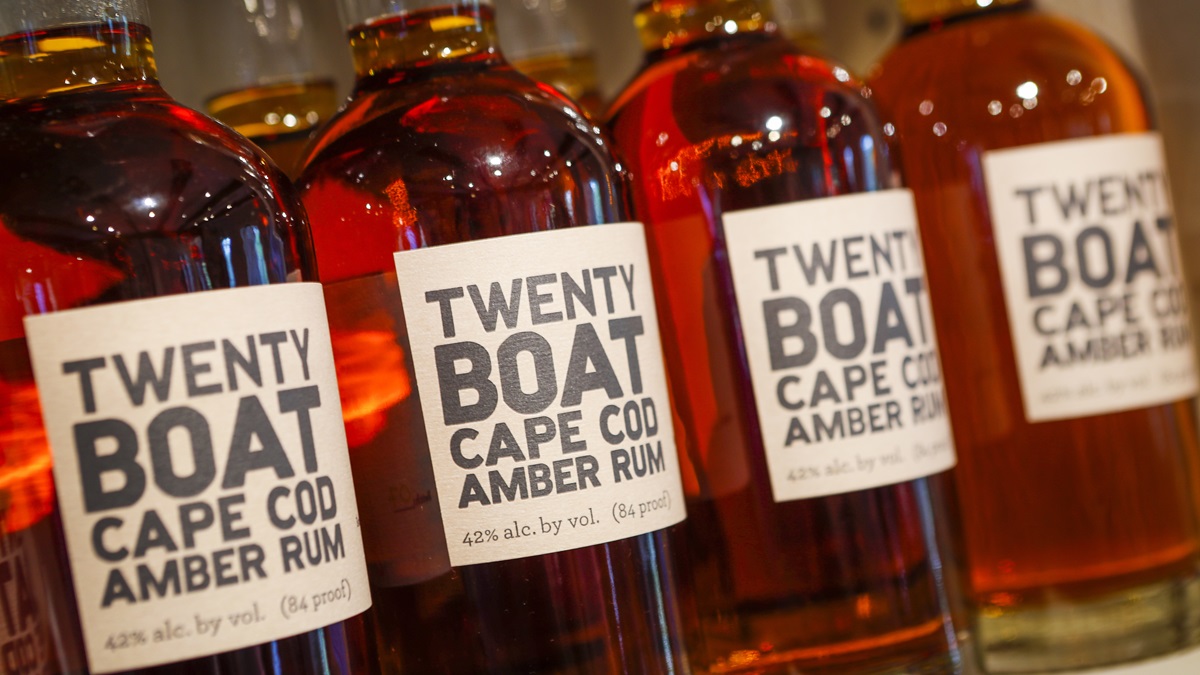


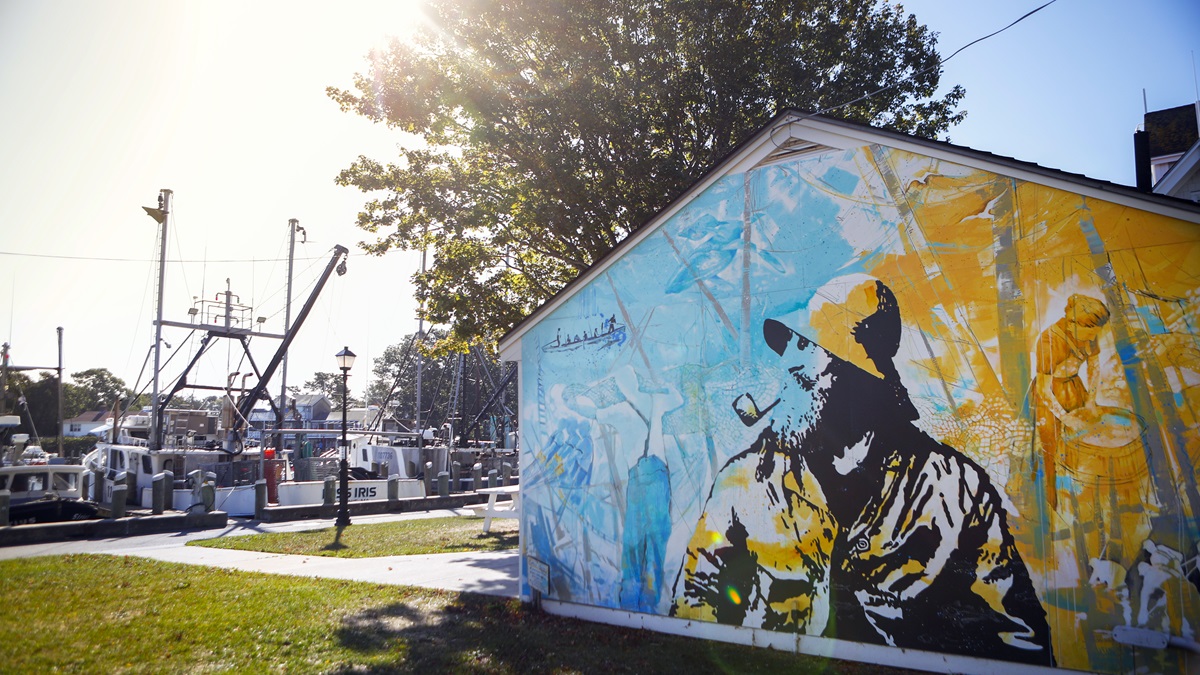
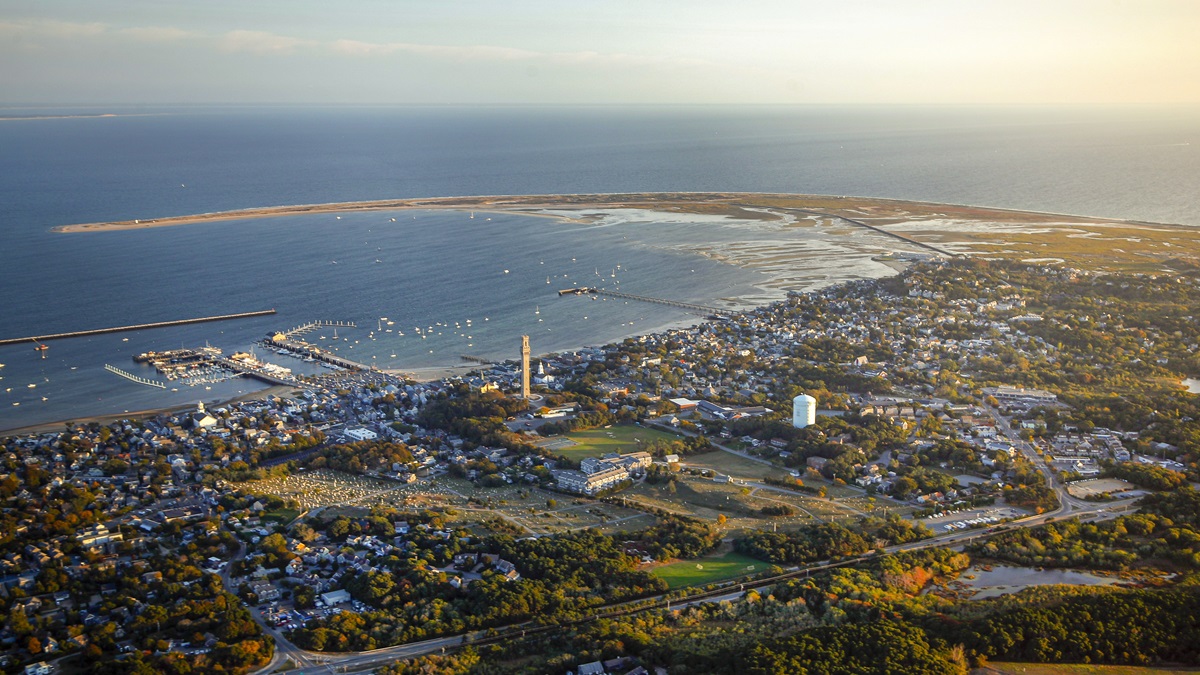
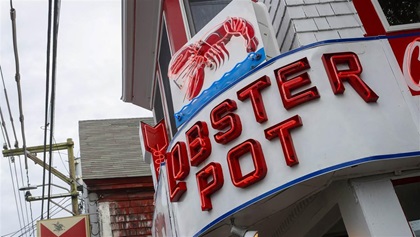 There is no shortage of fantastic restaurants on the Cape, from seafood shacks to high-end restaurants, pubs to neighborhood bars. Here are some favorites:
There is no shortage of fantastic restaurants on the Cape, from seafood shacks to high-end restaurants, pubs to neighborhood bars. Here are some favorites: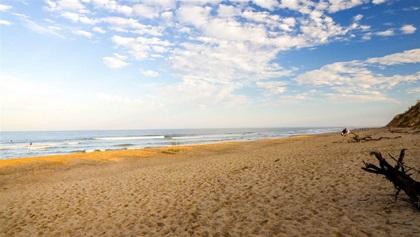 There is a lot of history on the Cape, from the first overseas communication to pirates to the vacation home of the thirty-fifth U.S. president.
There is a lot of history on the Cape, from the first overseas communication to pirates to the vacation home of the thirty-fifth U.S. president.

